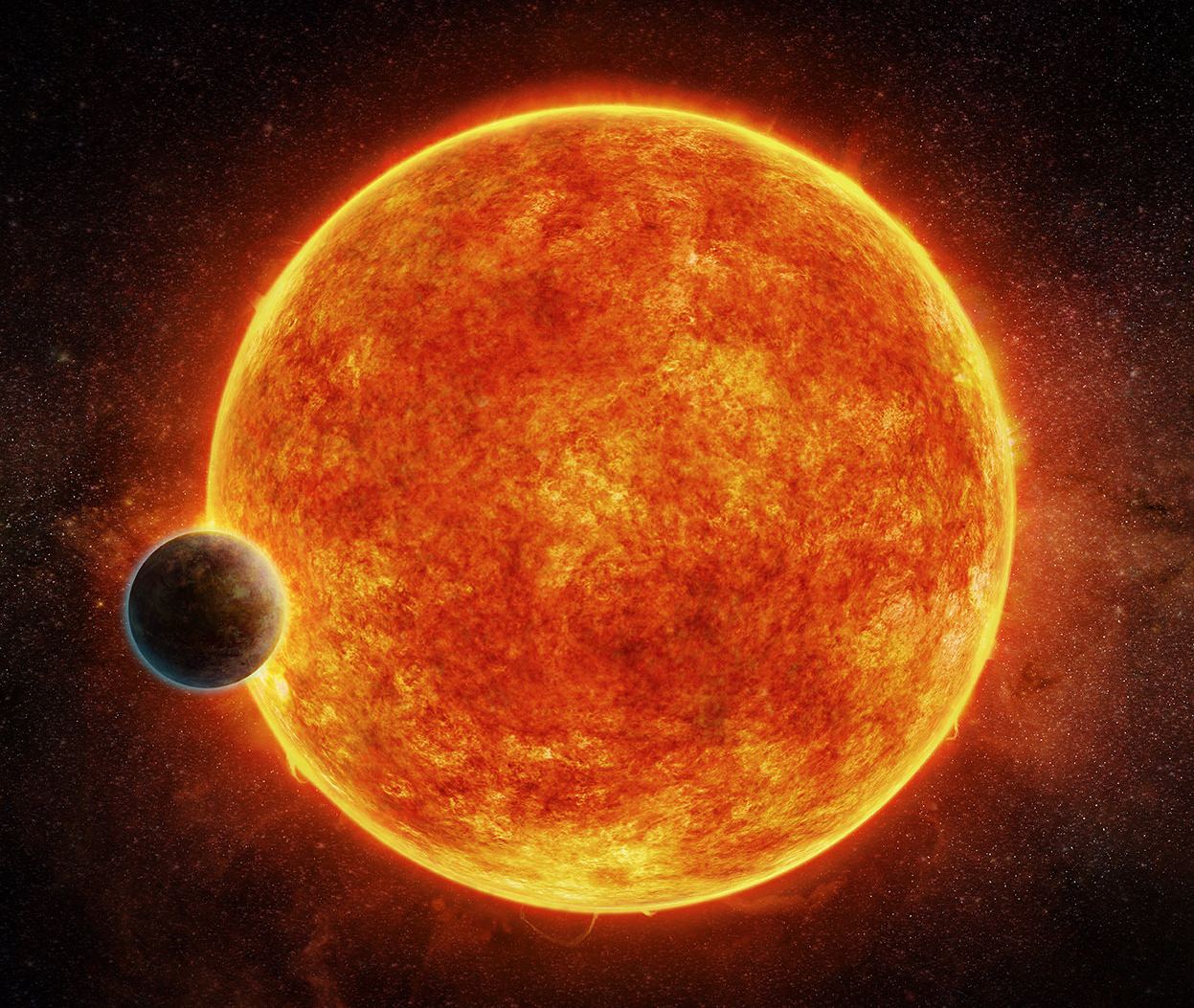In the past decade, thousands of planets have been discovered beyond our Solar System. These planets have provided astronomers with the opportunity to study planetary systems that have defied our preconcieved notions. This includes particularly massive gas giants that are many times the size of Jupiter (aka. “super-Jupiters”). And then there are those that orbit particularly close to their suns, otherwise known as “hot-Jupiters”.
Conventional wisdom indicates that gas giants should exist far from their suns and have long orbital periods that can last for a decade or longer. However, in a recent study, an international team of astronomers announced the detection of a “hot-Jupiter” with the shortest orbital period to date. Located 1,060 light-years away from Earth, this planet (NGTS-10b) takes just 18 hours to complete a full orbit of its sun.
Continue reading “Exoplanet Orbits its Star Every 18 Hours. The Quickest Hot-Jupiter Ever Found”

